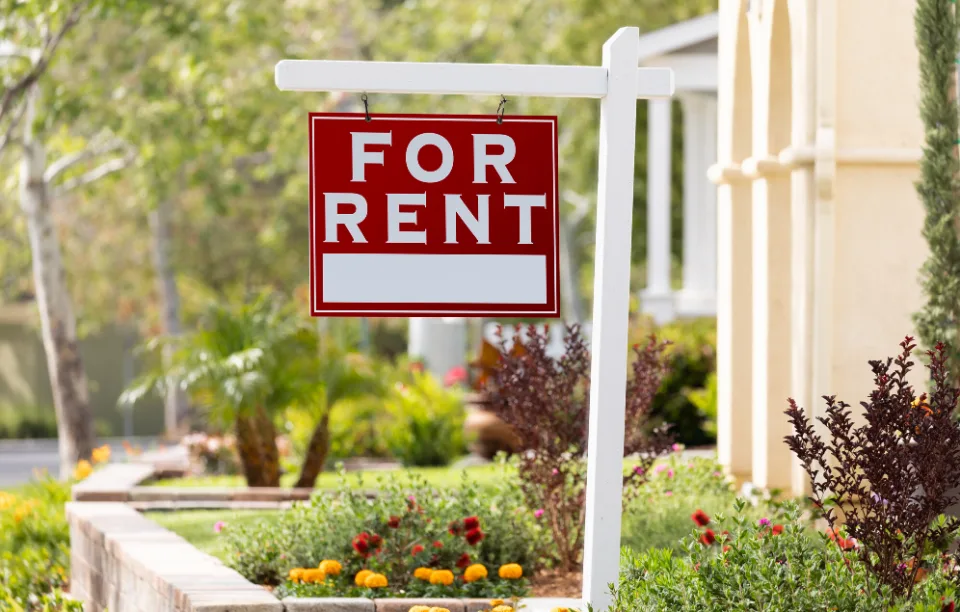
In today’s fast-paced rental market, navigating the sea of online listings can be daunting, especially for renters eager to secure a new home. However, the process is fraught with challenges, including scams and deceptive practices that prey on unsuspecting individuals. Understanding how to spot red flags in rental listings is crucial for anyone looking to rent a property. These warning signs—ranging from suspiciously low prices to vague property descriptions—can save renters from significant financial loss and emotional distress.
Dishonest practices in the rental industry are on the rise, fueled by the convenience and anonymity of online platforms. Many renters fall victim to scams that appear legitimate at first glance but hide malicious intent beneath the surface. By educating yourself on these potential pitfalls, you can confidently navigate the rental market and avoid falling prey to fraudulent schemes.
This article delves deep into the most common red flags to watch out for in rental listings. Whether you’re a first-time renter or an experienced tenant, knowing these signs will empower you to make informed decisions and ensure your renting experience is safe and hassle-free. From identifying fake landlords to recognizing suspicious payment requests, we’ve got you covered with actionable advice and tips to protect your interests.
Key Red Flags in Rental Listings
1. Unrealistically Low Prices
- Why It’s a Concern: If a rental property is priced significantly lower than comparable listings in the same area, it’s a major red flag. Scammers often use this tactic to lure in desperate renters.
- How to Spot It: Research the average rent prices in the neighborhood. If the listing is too good to be true, it likely is.
| Neighborhood | Average Rent | Suspicious Listing Rent |
|---|---|---|
| Downtown Area | $1,800/month | $1,200/month |
| Suburban Community | $1,500/month | $900/month |
2. Vague or Incomplete Property Descriptions
- Why It’s a Concern: A genuine landlord provides detailed information about the property, including dimensions, amenities, and photos. Vague descriptions might indicate a scam or a poorly managed property.
- How to Spot It: Look for listings with minimal details, generic phrases like “cozy apartment,” or stock photos that don’t match the description.
3. Pressure to Act Quickly
- Why It’s a Concern: Scammers often create a sense of urgency to prevent potential renters from doing due diligence.
- How to Spot It: Be wary of phrases like “first come, first served” or demands for immediate payment to secure the property.
4. Requests for Upfront Payments
- Why It’s a Concern: Legitimate landlords typically ask for deposits after signing a lease, not before viewing the property.
- How to Spot It: Avoid listings that ask for wire transfers, gift cards, or cash payments upfront.
5. Unverified Landlords or Agents
- Why It’s a Concern: Fake landlords often use stolen identities or create fictitious profiles to appear legitimate.
- How to Spot It: Request verification of ownership through property deeds or a leasing agreement. Cross-check contact details and ensure the agent is registered with a reputable agency.
How to Protect Yourself from Scams

1. Conduct Thorough Research
- Use multiple platforms to cross-check listings.
- Read reviews of the property management company or landlord.
2. Always Visit the Property
- Insist on an in-person or virtual tour.
- Verify that the property matches the photos and description provided.
3. Verify the Landlord’s Identity
- Request to see government-issued identification.
- Cross-check ownership with local property records.
4. Use Secure Payment Methods
- Avoid cash or wire transfers.
- Use checks or online payment systems that offer buyer protection.
| Payment Method | Safety Level |
|---|---|
| Cash | High Risk |
| Wire Transfer | High Risk |
| Online Payment Apps | Medium Risk |
| Bank Transfer | Low Risk |
5. Trust Your Instincts
- If something feels off, it’s better to walk away than risk falling for a scam.
Benefits of Being Vigilant
- Financial Security: Avoid losing money to fraudulent landlords.
- Emotional Peace: Reduces stress associated with scams.
- Informed Decisions: Leads to better property choices.
- Legal Protection: Minimizes legal disputes over false agreements.
Conclusion
Navigating the rental market requires a keen eye and a proactive approach to spot potential red flags. Understanding how to identify scams, such as unusually low prices, vague descriptions, or unverified landlords, is the first step toward a safe renting experience. By recognizing these warning signs, you can protect yourself from financial loss and emotional distress while securing a property that meets your needs.
The importance of vigilance in the rental market cannot be overstated. As the demand for rental properties continues to rise, so do the tactics of scammers seeking to exploit renters. By staying informed and following best practices, you can confidently navigate listings and avoid falling prey to deceptive practices. Trustworthy landlords and authentic listings are out there; the key lies in knowing how to differentiate them from scams.
Renting a home should be an exciting journey, not a stressful ordeal. Equip yourself with the knowledge shared in this guide, and you’ll be well-prepared to spot red flags in rental listings, ensuring a safe and rewarding experience. If you’re ready to take the next step in your renting journey, explore our website for trusted listings and expert advice.





